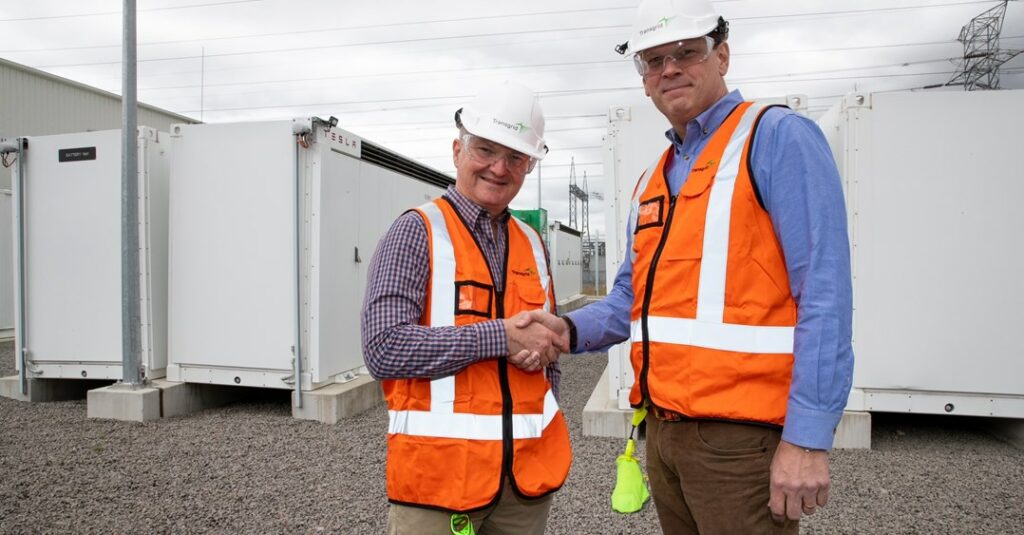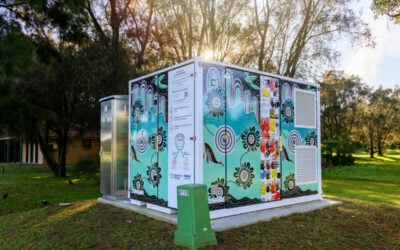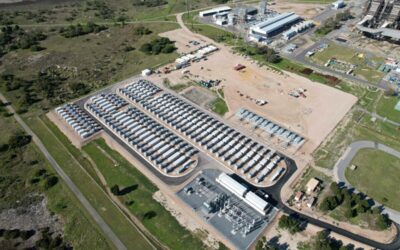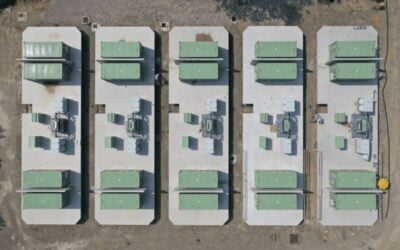
Australian energy minister Chris Bowen has said tenders for 500MW of renewable energy backed with energy storage will open in the middle of this year in Western Australia (WA).
The tender will be held as part of the Capacity Investment Scheme (CIS) launched by the government of prime minister Anthony Albanese’s Labor Party, considered by many to be a potential game-changer for large-scale clean energy procurement.
The CIS will see contracts for difference (CfD) tenders held across Australia, overseen by the federal government but administered by state and territory governments.
Through the CfDs, the country will underwrite projects representing a total of 32GW of renewable energy capacity, including 23GW of variable renewable energy (VRE) generation and 9GW of firm dispatchable capacity—the latter made possible by deploying energy storage.
Try Premium for just $1
- Full premium access for the first month at only $1
- Converts to an annual rate after 30 days unless cancelled
- Cancel anytime during the trial period
Premium Benefits
- Expert industry analysis and interviews
- Digital access to PV Tech Power journal
- Exclusive event discounts
Or get the full Premium subscription right away
Or continue reading this article for free
It is aimed at enabling the country’s goal of an 82% renewable grid, and pilot tenders in South Australia and Victoria were launched toward the end of 2023, while an existing tender in New South Wales (NSW) received extra funding through the scheme.
Bowen said on Friday (12 April) that a consultation has opened on the WA scheme, seeking input on how it can be designed and tailored to the specific needs of the state’s Wholesale Electricity Market (WEM). The consultation will remain open until 29 April.
Renewable Energy Transformation Agreement to ‘unlock’ more VRE, dispatchable renewables for WA
South Australia, Victoria, and NSW are all connected to the National Electricity Market (NEM) on the other side of the country. In the NEM, the CIS works by tender participants bidding a strike price against spot market prices. Where revenue expectations are not met, the government tops up the payment; where revenues exceed expectations, the developer or investor-owner of the project pays back the surplus.
According to notes on the consultation issued by the Commonwealth government, a key difference between WEM and NEM is the WEM’s Reserve Capacity Mechanism (RCM), which ensures there is sufficient reserve capacity on the South West Interconnected System (SWIS) grid in WA.
WA’s grid is not interconnected to other major grid networks in the country, unlike the five regional jurisdictions that make up the NEM, and so the RCM sets its reserve capacity requirements two years in advance, for delivery years that run for 12 months from 1 October.
One thing the pair have in common is a need for energy storage. The Australian Energy Market Operator (AEMO) has forecast a need for between 44-96GW/550-950GWh of storage in the NEM by 2050, and between 12-17GW/74-96GWh in the WEM by that time.
In March, construction began in WA on what is thought to be the country’s biggest battery energy storage system (BESS) project to date by megawatt-hours, a 500MW/2,000MWh asset in Collie, a region which has hosted many of the state’s large-scale thermal generation assets. It is being developed by Synergy, an energy generator and retailer owned by the state’s government.
Minister Bowen also highlighted in his announcement yesterday that the Australian government will work with states to ensure new renewable energy projects get delivered, through the signing of Renewable Energy Transformation Agreements (RETAs).
RETAs could include commitments toward investing in strategic electricity reserves, managing an orderly transition away from fossil fuels and set and maintain reliability benchmarks for projects and associated infrastructure.
The agreements are part of the National Energy Transformation Partnership, which is in turn a framework for the Commonwealth government to cooperate with its state and territory-level counterparts.
Bowen said the RETA in WA, once agreed upon, could unlock 2.3GW of VRE capacity and 1.1GW of firm dispatchable resources.
According to the government Department of Climate Change, Energy, the Environment and Water, at which minister Chris Bowen works, around half of the capacity targeted through the Capacity Investment Scheme will be subject to RETAs.
Energy-Storage.news’ publisher Solar Media will host the 1st Energy Storage Summit Australia, on 21-22 May 2024 in Sydney, NSW. Featuring a packed programme of panels, presentations and fireside chats from industry leaders focusing on accelerating the market for energy storage across the country. For more information, go to the website.





